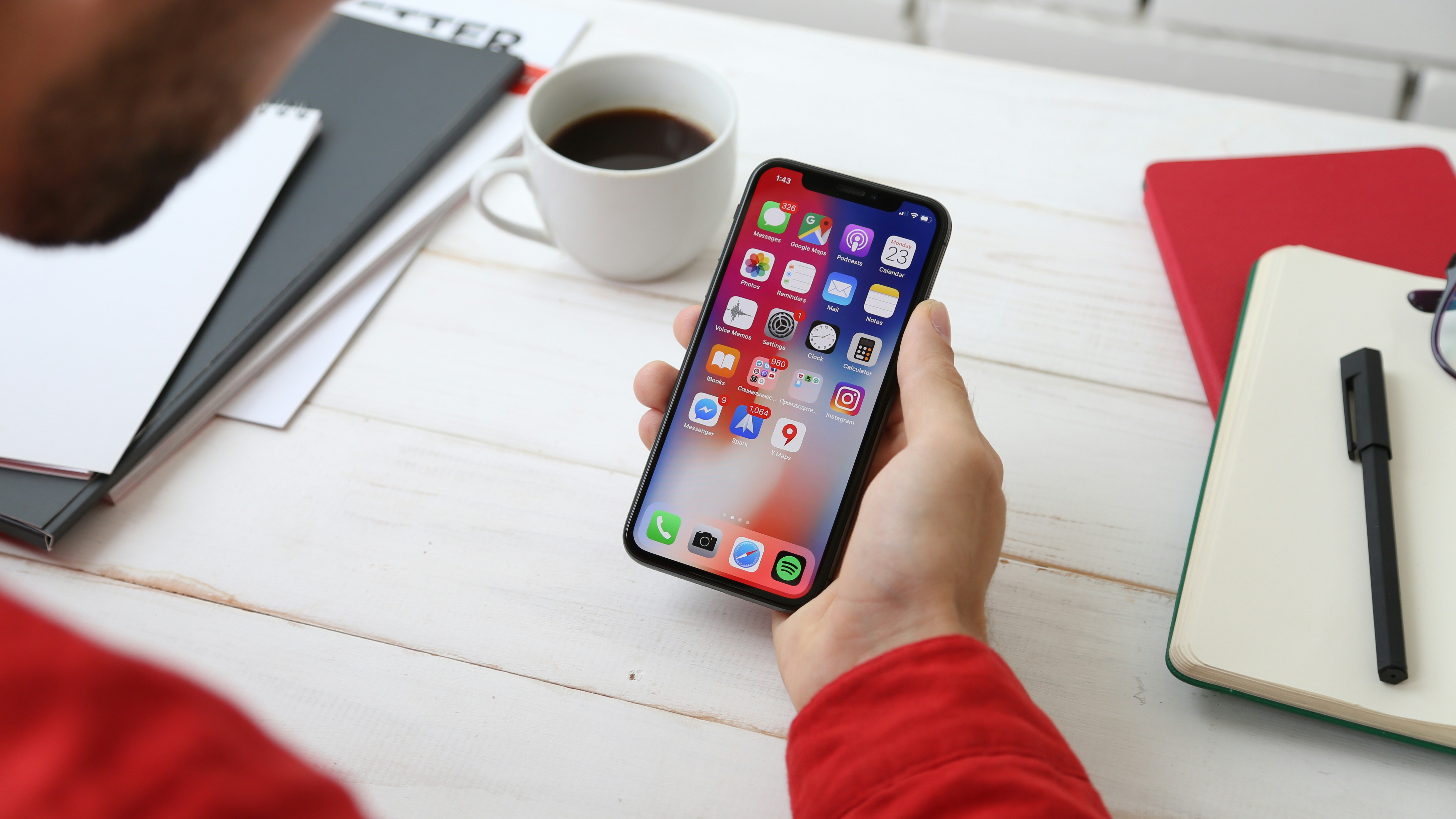6 Factors to Consider Before Building a Mobile App for Your Customers
When you consider that the average smartphone user launches an average of 6.65 apps per week (and this number is increasing year-over-year), you may...
4 min read
Written by Keith Shields, Mar 23, 2021

When it comes to designing, building, and launching your first mobile app there is a lot to consider. And when it comes to the success of your app with users, great mobile app design is key for engagement. Follow these seven core steps to successfully get your mobile app idea from design to market.
Before you start to build a mobile app, it’s critical to do some planning. It’s easy to miss the mark if you don’t have a robust understanding of who you’re building it for and why. There are a few different aspects of planning and research that you need to take into account ahead of time to ensure your app has the right impact.
Identify the problem(s) you’re trying to solve with the app for your target users. An excellent way to start is by creating user personas for each of the user groups who will engage with your app. These are fictional representations fueled by data that show your users’ goals, behaviors, and motivations.
Take a look at competitive offerings and validate the market need for your app. This helps you identify what features you should include in your app, and it will also help you determine how to market it. In this way, you’ll learn the value your app will provide so that you can map out your apps monetization strategy.
Have you considered how you’ll fund the development of your app? If you’re not sitting on a golden egg with cash and need to seek investors, it’s best to start planning for that process early on. There are a lot of different options for funding an app, and the research you do in these early stages will play an important role.
How will you define success once you build your app? Give some thought to your app goals and the metrics and KPIs you will track once your app launches. You’ll base these on your app’s goals. They are especially helpful to give you an early warning system to course-correct if you’re not hitting your targets.
Next is one of the tough choices you’ll have to make with any new mobile app: will you build for Android, iOS, or both? They are entirely different platforms requiring different skill sets. Android is dominant across the globe, but the two are neck-and-neck in the United States.
You also have the option to do a hybrid build across both platforms. However, you run the risk of poor usability, especially if your app will require native device functionality. It’s a good idea to use native development when you can, though it requires a larger budget to build on both operating systems. If you don’t have a background in development, consult with an experienced development partner who can advise you on the pros and cons of each option.
Now is the time to create the rudimentary design of your app. You may have done a quick “cocktail napkin” sketch of your app that served your needs until now, but you need a more detailed plan to show to both developers and investors. Your app wireframe will show the various screens in your app and the flow the users will take through it, also called the user journey. This will enable stakeholders and investors to visualize your app. It also helps developers understand the app functionality that will help users accomplish their goals. There are a lot of great tools, like Balsamiq, to help you create wireframes.
Designs should always be simple and follow a process flow for the users to achieve their goal(s). Your content must resonate with your audience and be easy to navigate. It’s all about user experience: the design should focus on usability while being goal-driven to ensure it will meet users’ needs. Designing apps is different on iOS and Android, as they use different navigation patterns. Designers must be familiar with Android and iOS design guidelines to make sure the mobile app will work properly and provide an excellent user experience.
You’ll want to leverage project management to map out your plan for building your app before you hand over the reins to the developers, whether they be in-house developers or a development partner. Set milestones to keep you on track as you determine how much time it will take to build the app. These milestones will help to ground you, giving you an easy way to monitor progress in smaller work efforts. They also let you know if you’re running off-track, so you have the time to adapt as needed.
While some developers choose to create a prototype mock-up based on their wireframes, we recommend building out a minimum viable product (MVP). The distinction is that an MVP is built with the key feature set that offers your customers the highest value. It balances a desire to build an app with all of the “bells and whistles” with getting something out to the market that will solve your users’ pain points. It’s a valuable way to solicit feedback from your users, allowing you to iterate and integrate your learnings into future waves of development.
Before you release your MVP to the market, you’ll want to test it. Include quality assurance to check that all features work as expected. You’ll also want to be sure it offers a good user experience, and a great way to do this is to do a beta trial with a small group of users. If there’s anything glaringly wrong, you’ll find out and can fix it before it is released.
Once you have finished fixing bugs from your testing and you have planned out your marketing, you are ready to launch your app. You’ll want to do some pre-launch planning here as well, to determine if you will do a hard launch or soft launch.
You can cook without a recipe, but when you’re starting out, it’s helpful to have a plan in place to make sure you don’t miss any essential steps. Building a successful app can be a complex process, so you’ll want to be sure you have a solid roadmap, whether you hire help or try to do it yourself. If you do bring on a development partner, make sure they have the expertise to guide you through the entire process. Our SolutionLab workshop walks you through determining your goals, identifying your target audience, and figuring out your MVP’s functionality.
Want to learn more about our SolutionLab workshops? Get in touch.
Subscribe to our newsletter.

When you consider that the average smartphone user launches an average of 6.65 apps per week (and this number is increasing year-over-year), you may...

If you don’t already have one, it can be hard to imagine how your business might benefit from its own custom mobile app. But trust us: Existing...

One of the first decisions you’ll make when setting out to build a digital product is whether you’ll create a mobile app, a web app, or a website. We...